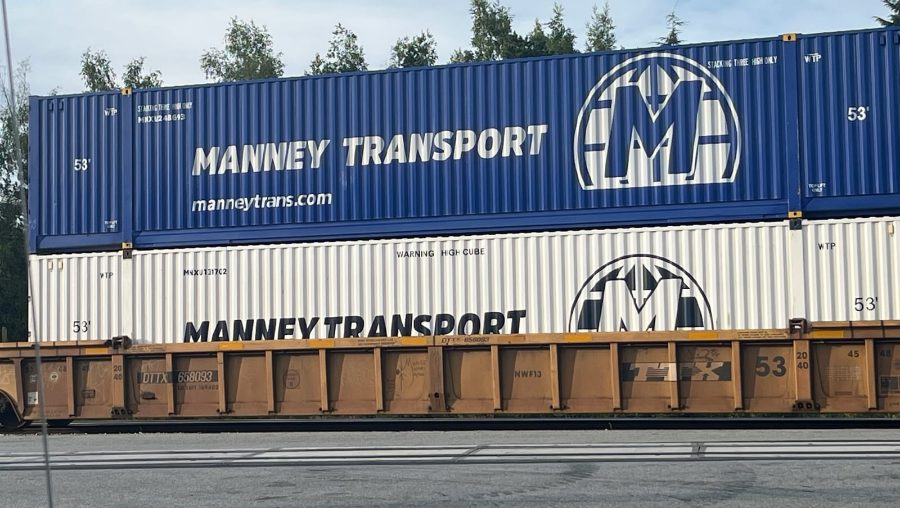How it works
Intermodal travel employs many modes of transportation. When items are packed into intermodal containers, they can be conveniently transported through trucks, railroads, and cargo ships.
The container is transported by Manney Transport from the client to the train ramp, where the railroad assumes control.
They transport it from their terminal to the destination, where we then collect it, load it onto a chassis, and transport it to the final delivery site, which is often a customer’s distribution centre for delivery to the end user.
Ita ll starts prior to shipping, as the providers begin to design, load, and determine the type of intermodal shipping method required.
Both intermodal shippers and logistics organizations utilize two main categories of intermodal freight. Shippers can choose domestic or international intermodal transit depending on the package.
Domestic shipping refers to the delivery of goods within a country, province, or territory. In order to reduce expenses and supply cargo to clients at a lesser price, the vast majority of shipping firms will use railroads for domestic transit.
More multimodal transportation tactics may be utilized if the recipient requires the items sooner. Via air, most deliveries may be made overnight or the following day, and cargo can reach its destination more swiftly than with ground transport.
When the supply chain is too lengthy and spans the entire country, aircraft are utilized for domestic shipment in large nations.
Air transport is a form of international multimodal transport utilized when items must be transferred rapidly between nations.
As there is a weight limit on airplanes, air transport is typically employed for light cargoes in international intermodal transit. Nonetheless, they are used to transport urgent material, as nothing can equal their speed.
For transporting less urgent cargo from its origin point to a port, intermodal transport often employs trucks or trains. The cargo will next be placed onto a huge cargo ship or barge.
This ship will transfer the cargo to a different port, where it will likely be transported by train to a site where a vehicle will pick it up and deliver it to its final destination.
Before this process can even begin, containerization, or the packing of cargo into consistently sized, designed-to-hold-it-damage-free steel containers.
